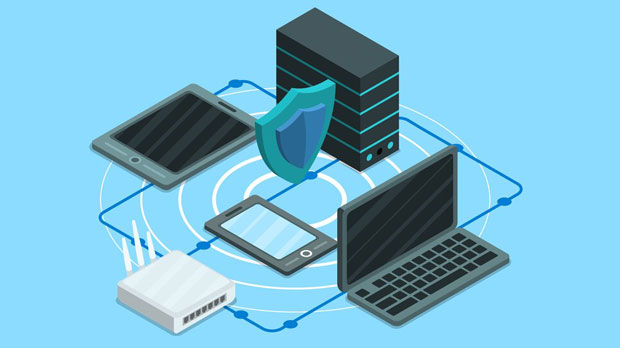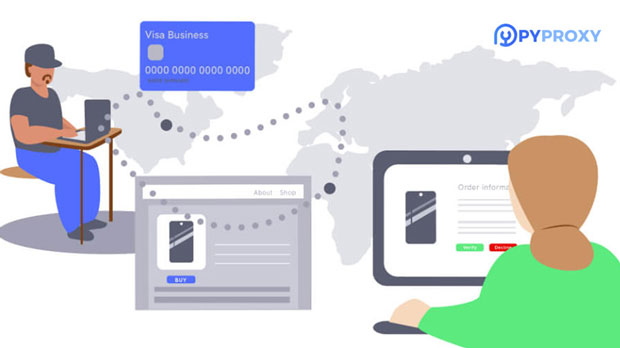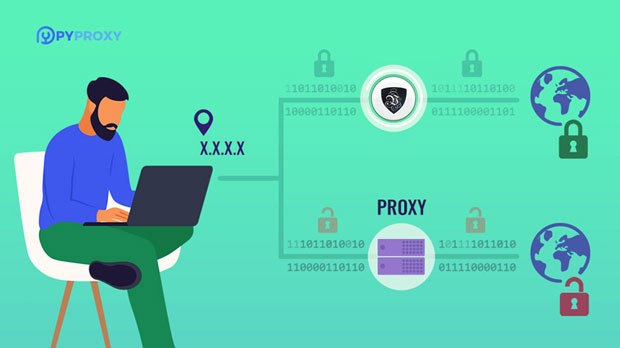In today's digital landscape, maintaining privacy, security, and efficiency is a top priority for businesses and individuals alike. Using proxy server lists, particularly sock s5 proxies, has become a popular solution for overcoming the limitations imposed by traditional network configurations. PYPROXY, a widely-used Python library, allows users to manage proxy connections effectively and offers several advantages when paired with socks5 proxy servers. Socks5 proxies, known for their versatility and performance, provide enhanced anonymity, secure browsing, and the ability to bypass geographical restrictions. In this article, we will explore the various benefits of using a socks5 proxy server list with Pyproxy, providing a comprehensive overview for users looking to optimize their internet experience. What is Pyproxy and Socks5 Proxy?Before diving into the advantages of using Pyproxy with a Socks5 proxy server list, it is essential to understand the components involved. - Pyproxy: This is a Python library that simplifies the process of managing and rotating proxies for tasks like web scraping, data mining, or ensuring anonymity while browsing the web. It helps developers integrate proxy functionality into their applications seamlessly.- Socks5 Proxy: A Socks5 proxy is a high-performance proxy protocol that can handle any kind of internet traffic, including HTTP, FTP, and even torrents. Unlike regular HTTP proxies, Socks5 proxies do not modify the data between the client and the server, ensuring that it maintains its original integrity. This results in a faster, more reliable connection for users who need to remain anonymous online.Advantages of Using Proxy Server List with Socks51. Enhanced Security and AnonymityOne of the primary advantages of using a Socks5 proxy server list with Pyproxy is the improved level of security and anonymity it offers. Socks5 proxies act as intermediaries between the user's device and the internet, masking their IP address and location. By routing web traffic through these proxies, users can protect their identity and browsing activities from third parties such as advertisers, hackers, and even government agencies. Additionally, the use of Socks5 proxies allows for better encryption of internet traffic, which is crucial when accessing sensitive or private data online.For businesses involved in activities such as market research, competitive analysis, or SEO services, maintaining anonymity while performing web scraping or other online tasks is vital to avoid detection or blocking by websites. By using Pyproxy with a list of Socks5 proxies, users can automatically rotate between various proxies, making it even more challenging for websites to trace or block their activities.2. Overcoming Geographical RestrictionsGeographical restrictions and content blocking are common challenges faced by internet users around the world. Whether you're trying to access content unavailable in your region, bypassing government censorship, or avoiding geo-restricted media services, Socks5 proxies can help you overcome these barriers. By utilizing a proxy server list with Socks5 proxies, users can route their traffic through servers located in different countries, making it appear as though they are browsing from that particular region. This is especially useful for individuals who want to access streaming services, online shopping platforms, or other content restricted to specific regions. With Pyproxy managing these proxy connections, users can effortlessly switch between different proxies, ensuring they maintain access to the content they need.3. Better Performance and SpeedWhile many proxy types can slow down internet connections due to the additional routing of traffic, Socks5 proxies are known for their superior performance and speed. They allow for faster data transfer by reducing latency and handling data packets more efficiently than other proxies, such as HTTP proxies.Socks5 proxies are also more versatile than regular proxies, as they support all types of traffic, including UDP (User Datagram Protocol). This makes them ideal for high-bandwidth activities such as video streaming, online gaming, or using VoIP services. When combined with Pyproxy, users can optimize their proxy usage to ensure minimal impact on performance, even during data-heavy operations.4. Flexibility in Protocol HandlingAnother advantage of using Socks5 proxies with Pyproxy is the flexibility in handling multiple protocols. While HTTP proxies are typically limited to handling web traffic (i.e., browsing), Socks5 proxies can handle a wide range of protocols, including TCP (Transmission Control Protocol), UDP, and even FTP.This makes Socks5 proxies highly adaptable for various use cases. Whether you're performing web scraping, accessing media content, or engaging in peer-to-peer (P2P) file sharing, Socks5 proxies ensure that all types of traffic are securely routed through the proxy server, with minimal disruption to the overall user experience.5. Avoiding IP Bans and Reducing Detection RiskWhen performing tasks like web scraping, especially on a large scale, it is common for websites to detect unusual traffic patterns and impose IP bans to prevent automated actions. By using a Socks5 proxy server list in combination with Pyproxy, users can rotate their IP addresses at regular intervals, reducing the likelihood of detection or blocking.This is particularly beneficial for users involved in large-scale web scraping or competitive intelligence gathering, where staying undetected is essential. Pyproxy simplifies the process of proxy rotation by allowing users to quickly switch between different proxies, ensuring they do not rely on a single IP address for extended periods.6. Cost-EffectivenessFor businesses or individuals who require a large number of proxies for specific tasks, purchasing dedicated proxies can be expensive. A proxy server list with Socks5 proxies can be more cost-effective, as many proxy providers offer bulk proxy packages at competitive prices. By leveraging Pyproxy, users can efficiently manage these proxies, ensuring they get the best value for their money.Additionally, Pyproxy supports the rotation of proxies from different providers, allowing users to combine proxies from various sources, which further reduces the cost while maintaining optimal performance and security.7. Improved Online Privacy for Personal UseFor individuals who prioritize online privacy, using a Socks5 proxy server list with Pyproxy offers several benefits. Whether you're browsing social media, shopping online, or accessing sensitive information, Socks5 proxies ensure that your personal data remains secure. By concealing your IP address, location, and browsing habits, Socks5 proxies help protect you from online surveillance, data breaches, and identity theft.In conclusion, utilizing a Socks5 proxy server list with Pyproxy provides a range of advantages, including enhanced security and anonymity, the ability to bypass geographical restrictions, improved performance, and cost-effectiveness. Whether you're an individual seeking greater online privacy or a business looking to optimize web scraping and market research efforts, Socks5 proxies offer a reliable and efficient solution. By combining the power of Pyproxy with a list of Socks5 proxies, users can maximize their internet experience, ensuring secure, fast, and anonymous online activity.
Sep 22, 2025



































































